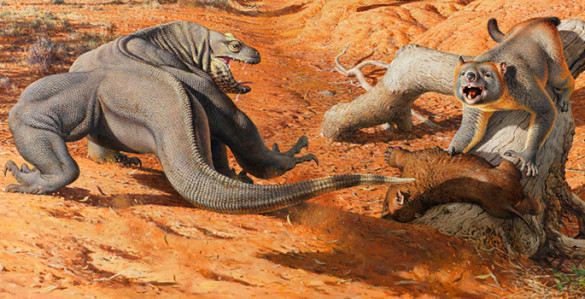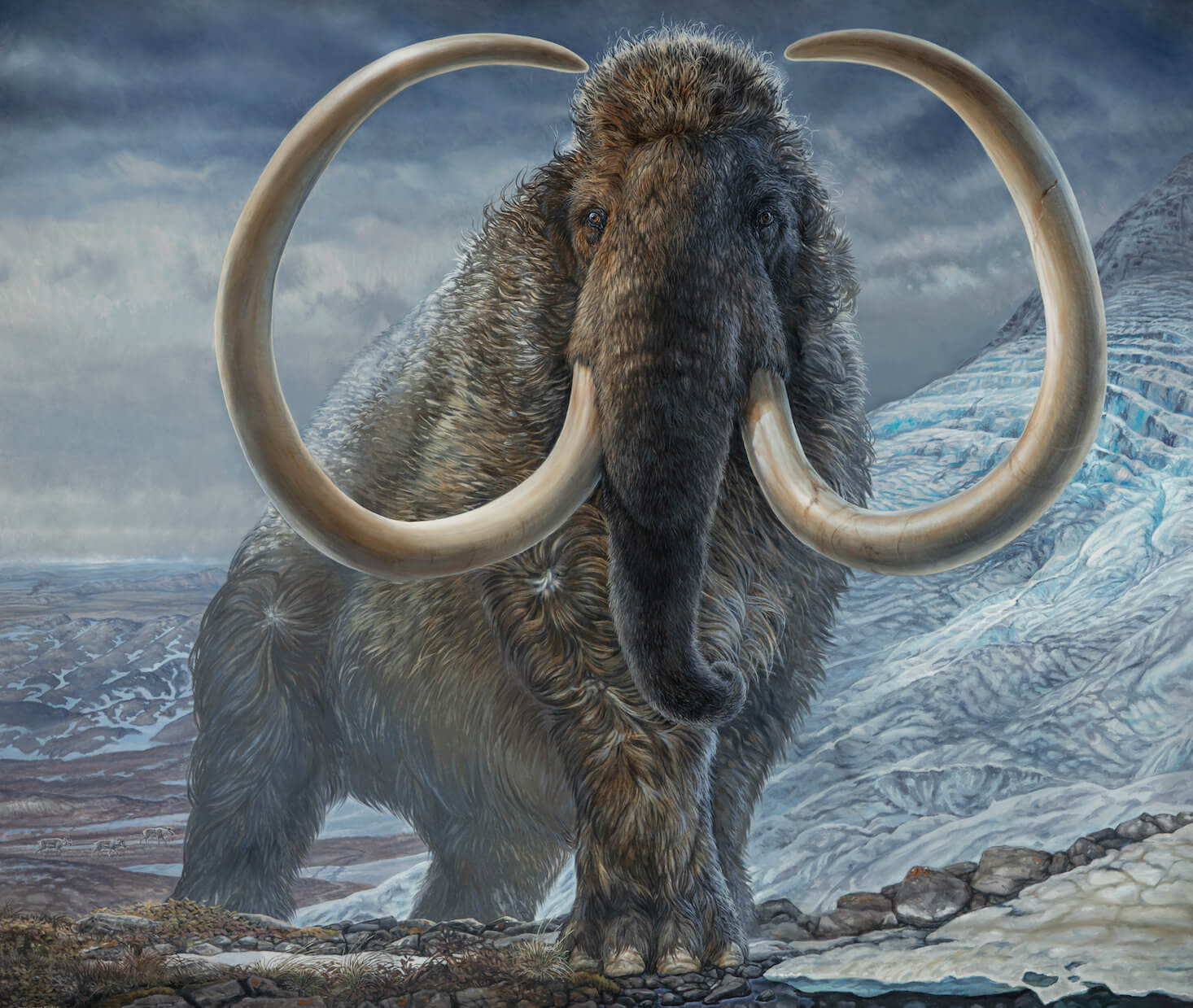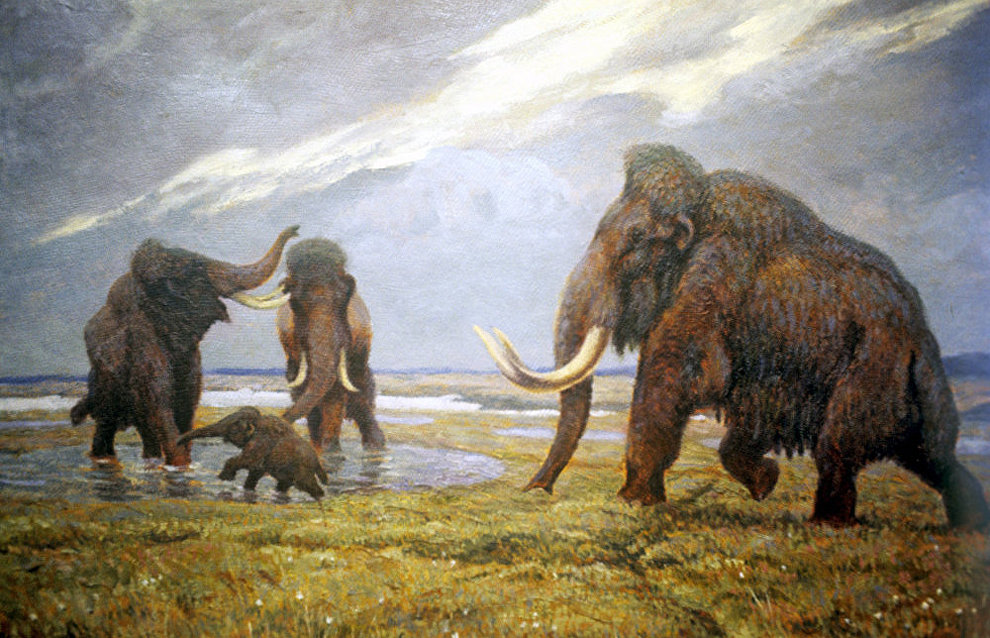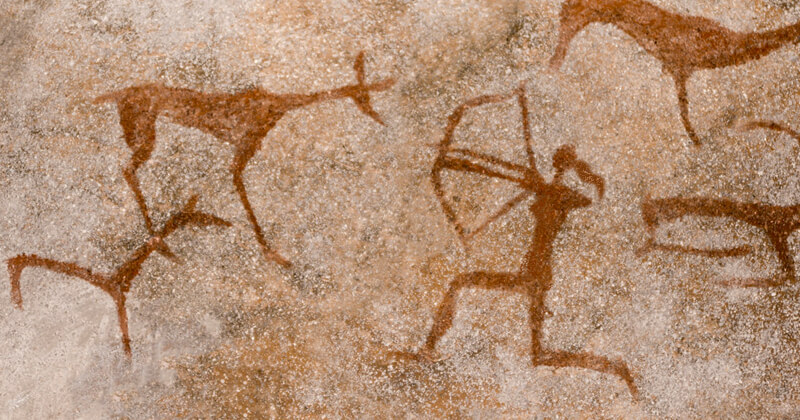AARHUS, Denmark — Humans, not climate change, were responsible for the extinction of giant mammals approximately 50,000 years ago, a new study suggests. This research indicates that the advanced hunting techniques developed by early humans played a pivotal role in the extinction and decline of these large species.

About 100,000 years ago, the first modern humans began migrating out of Africa in significant numbers, adapting successfully to various habitats. A key element of this success was their ability to hunt large animals using sophisticated techniques and specialized weapons, leading to the extinction of numerous large species.

“We’ve studied the evolution of large mammalian populations over the past 750,000 years. For the first 700,000 years, the populations were fairly stable, but 50,000 years ago the curve broke and populations fell dramatically and never recovered,” says Jens-Christian Svenning, a professor and head of the Danish National Research Foundation’s Center for Ecological Dynamics in a Novel Biosphere (ECONOVO) at Aarhus University, in a media release.
“For the past 800,000 years, the globe has fluctuated between ice ages and interglacial periods about every 100,000 years. If climate was the cause, we should see greater fluctuations when the climate changed prior to 50,000 years ago. But we don’t. Humans are therefore the most likely explanation.”

For decades, the debate has persisted over whether human activity or climate change led to the extinction of many large mammals. Researchers, through fossil studies, have linked the extinction of these animals to the spread of humans globally.
To further investigate, a team studied the DNA of 139 living species of large mammals, including elephants, bears, kangaroos, and antelopes, all part of the extant megafauna group, which comprises animals weighing more than 44 kg as adults.

“DNA contains a lot of information about the past. Most people know the tree of life, which shows where the different species developed and what common ancestors they have. We’ve done the same with mutations in the DNA. By grouping the mutations and building a family tree, we can estimate the size of the population of a specific species over time,” explains assistant professor Juraj Bergman, the lead researcher behind the new study.
Their findings indicate a decline in these animals’ populations over the last 50,000 years, correlating with human expansion rather than climate change. The researchers believe our ancestors hunted these animals extensively, leading to either complete extinction or significant population reduction.

The debate often centers on the woolly mammoth, with some attributing its extinction to climate change. However, Professor Svenning argues that this is a poor example, as most extinct megafauna species did not inhabit the “mammoth steppe” but rather lived in warmer regions like forests or savannahs.
“In our study, we also show a sharp decline during this period in populations of the many megafauna species that survived and come from all sorts of different regions and habitats,” Prof. Svenning adds.
Published in Nature Communications, the study’s results strongly support the theory that human expansion, not climate change, was the primary driver of these extinctions.

“It seems inconceivable that it is possible to come up with a climate model that explains how, across all continents and groups of large animals, there have been extinctions and continuous decline since about 50,000 years ago. And how this selective loss of megafauna is unique for the past 66 million years, despite huge climate change,” Prof. Svenning concludes.
“Given the rich data we now have, it’s also hard to deny that instead it is because humans spread across the globe from Africa and subsequently grew in population.”
You might also be interested in:
South West News Service writer Isobel Williams contributed to this report.

Tags: climate change, early humans, extinction, hunting, mammals, prehistoric





